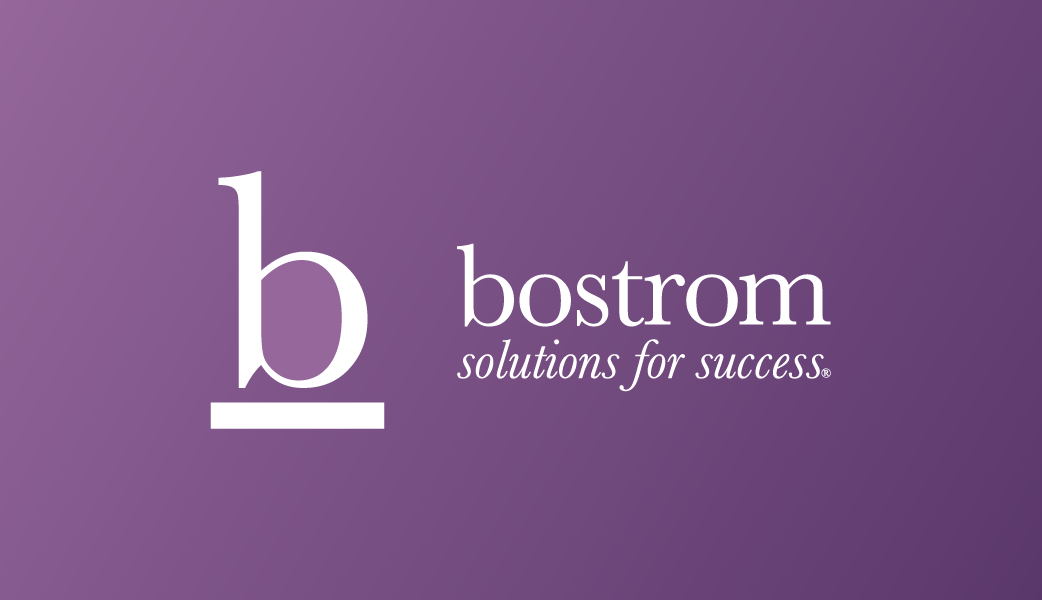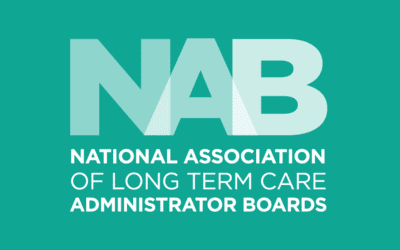Three-fold and three percent. That’s the growth rate of one national association’s non-dues revenue over the last 20 years – and its percentage of total revenue from member dues.
The National Association of Long Term Care Administrator Boards (NAB) represents the boards and agencies that license long term care administrators in the District of Columbia and in each of the 50 states.
As the recognized authority for leadership core competencies in long term care, NAB continues to evolve and remain relevant as long term care supports, services and stakeholders reach a critical turning point: by 2030, approximately 72.1 million people 65 and older will live in the U.S, more than twice the number in 2000.
Responding to this trend as well as federal legislative changes assuring consumer choice and provision of care in non-institutional settings, providers of long term care supports and services are creating more life care options across an expanding continuum of care. Adding to this rapidly changing environment is the need for state regulators to re-evaluate entry level competencies and colleges and universities that educate long term care professionals to develop curricula for this broader scope of home and community-based long term care services options.
NAB leadership identified two opportunities as a result of this convergence of factors that will benefit all stakeholders:
- Aligning professional development of long term care administrators to position the profession and its future leaders to adapt to further growth, and
- Developing a better career advancement path to recruit and retain a high caliber, dedicated talent pool in the long term care field.
“Achieving NAB’s mission of enhancing the effectiveness of member board and agencies begins with a strong financial base, enabling the NAB to provide the necessary tools and resources to support our members in their mission of public protection.” Dr. Keith Knapp, chairman, NAB.
To expand on its successful non-dues revenue program (which began with one licensure exam and has grown to three programs today) and to ensure the ongoing recruitment and retention of high-performing long term care administrators, NAB leadership conducted a Professional Practice Analysis (PPA) to study and embrace these opportunities. (A PPA is a structured description of a profession’s practice.) A steering committee and task force of health services executives from across the long term care continuum of services was appointed to oversee the 16-month study. This best practices approach is an initial step in a broader process of identifying the need and form(s) of a particular licensure (and subsequent) exam program.
Results of the PPA lead to a description of practice that serves as a basis for exam content consistent with practical applications. In other words, it creates a foundation for competency-based credentials that will keep pace with the dynamic long term care environment.
NAB is adding a new licensure examination program for home and community-based services administrators and developing an aspirational Health Services Executive license standard. Also, it will diversify its academic accreditation programs to align with future leadership pathways and further diversify its funding base.
Non-dues financial resources have also made it possible to provide travel support for member boards to send a delegate to semi-annual meetings of the board, improving attendance by 80 percent.
“Achieving NAB’s mission of enhancing the effectiveness of member board and agencies begins with a strong financial base, enabling the NAB to provide the necessary tools and resources to support our members in their mission of public protection.” said Dr. Keith Knapp, chairman, NAB.





